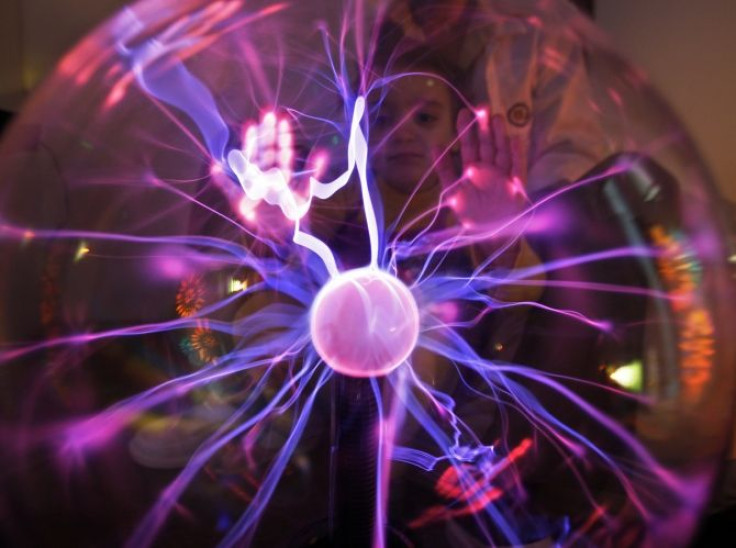EEGs Can Identify Autistic Children As Young as Two

Scientists have found that they can distinguish between autistic children and neurotypical children as young as two years old using EEGs.
Autism is a developmental disorder that, currently, goes undiagnosed until the age of at least three years old. Though the causes are unknown, the condition is a popular one to study, since autism is a comparatively new phenomenon in medicine.
The study was conducted using groups of neurotypical, normal neurological development, children and autistic children between the ages of two and 12. Children with Asperger’s syndrome and higher-functioning autism were excluded from the study, because of the frequency in which they are studied which could skew results. Children with genetic disorders linked to autism, such as Fragile X or Rett Syndrome, were also excluded. The team wanted to focus on the children who are generally excluded from studies in the past because it may have been too difficult to get complete EEG data from them.
Led by Frank H. Duffy, MD, of the Department of Neurology, and Heidelise Als, PhD, of the Department of Psychiatry, from Boston Children's Hospital, the researchers were able to get EEG recordings by using techniques developed at the hospital that allowed for reliable EEG data even when accounting for letting children take a break from the procedure.
The researchers also used computer algorithms to control for body and eye movements, two factors that can throw off an EEG reading. They found that the children with autism had altered connectivity between brain regions. Autistic children had generally reduced connectivity when compared to neurotypical children. In particular, the left-hemisphere language regions showed reduced connectivity in austic children which helps explaining a common symptom of the disorder, lack of nonverbal and verbal communication.
To measure connectivity in the brain, the team connected two electrodes on multiple sides of the children’s heads and measured the level of synchronicity between two EEG waves, which is called coherence. The understanding is that, the more synchronicity there is, the more closely connected the two regions must be.
The research team hopes that the technology can be honed to develop an objective test for autism. Currently, the system is behavior-based, which is particularly unreliable with younger children. In the more immediate future, the team hopes to recreate the study with children with Asperger’s syndrome to measure if the EEG patterns are the same or different than those of other autistic children.
The study was published in BMC Medicine.



























